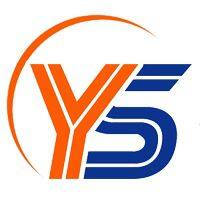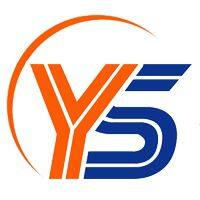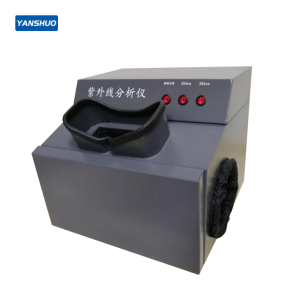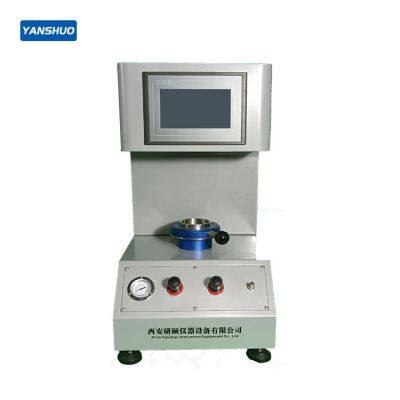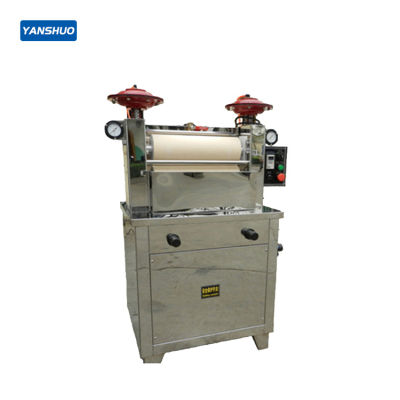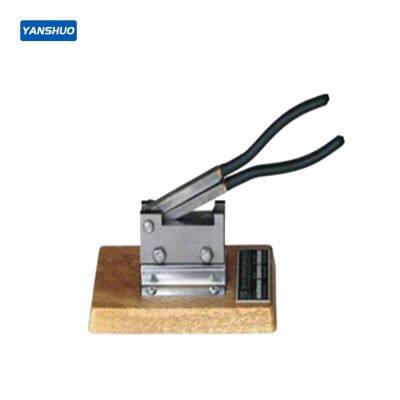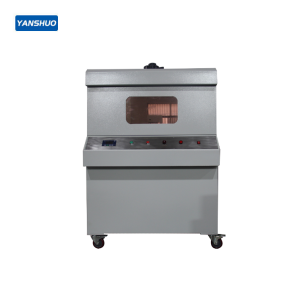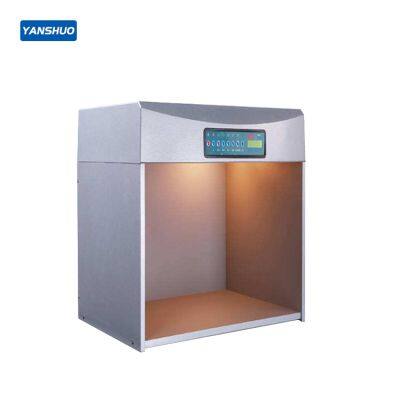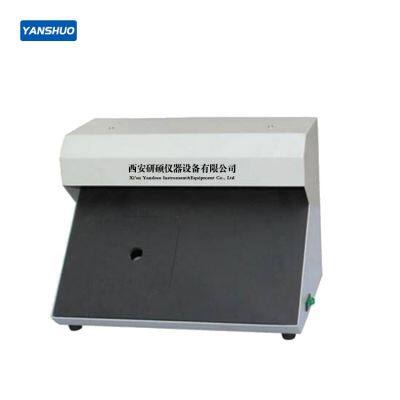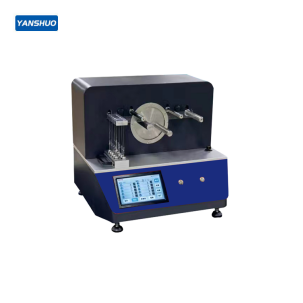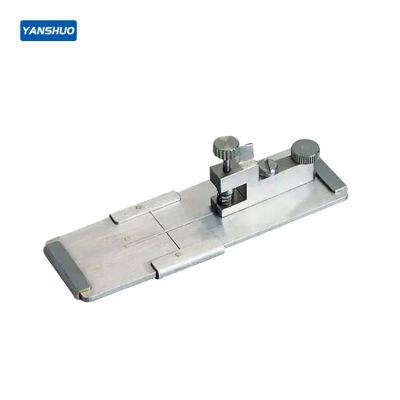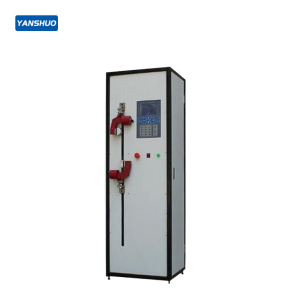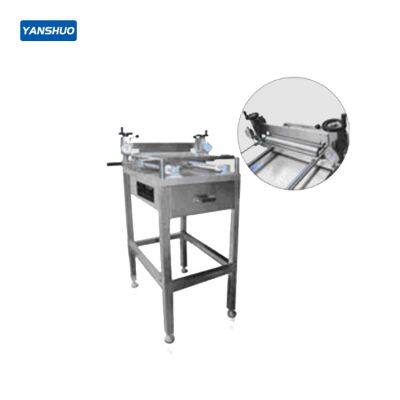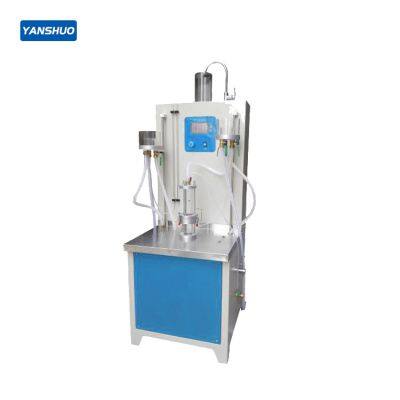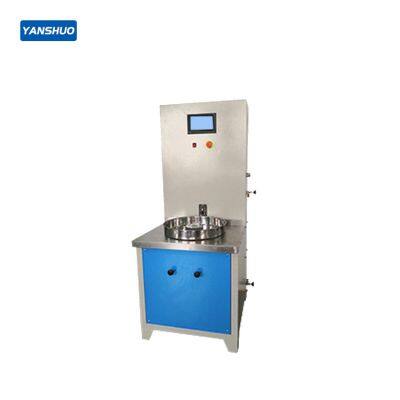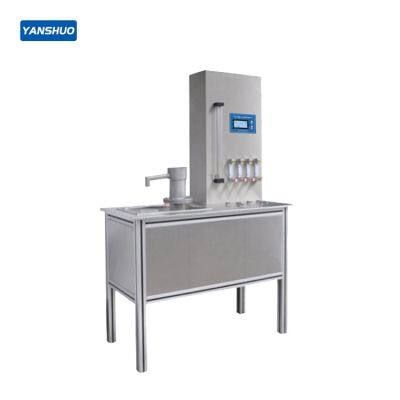From Beginner to Expert: Daily Calibration and Error Compensation Techniques for Electronic Universa
I. Why is Calibration So Important?
The Chain Reaction of Errors:
A 0.5% force value error can lead to a >20% deviation in fatigue life prediction (ASTM E739 data).
Case Study: A spring factory failed to calibrate promptly, resulting in a batch of products exceeding stiffness standards and incurring losses of ¥800,000.
Mandatory Standards:
ISO 7500-1 stipulates: Class 1 equipment requires monthly calibration; Class 0.5 requires weekly calibration.
FDA 21 CFR Part 11 requires: Calibration records must include timestamps and be non-tamperable.
II. Practical Guide to Weight Calibration
Weight Selection Standards:
Equipment Range | Weight Accuracy Requirement | Recommended Type |
≤5kN | M1 Class (±0.01%) | Non-magnetic stainless steel |
5-100kN | M2 Class (±0.02%) | Chrome-plated cast iron |
>100kN | M3 Class (±0.05%) | Hydraulic force calibration machine |
Key Operational Points:
- Preload 3 times to eliminate gaps (hold for 30 seconds each time).
- Loading sequence: 0% → 20% → 50% → 100% → 50% → 20% → 0% (ISO 7500-1 Appendix B).
- Temperature equilibrium: Weights and lab must be temperature stabilized for ≥2 hours (within ±1°C).
Common Mistakes:
- Handling weights directly with hands (body heat causes 0.005% error) → Must use specialized gloves.
- Neglecting air buoyancy effects (especially >50kN) → Requires correction per ISO 376 formula.
III. In-Depth Analysis of Temperature Compensation Techniques
Sensor Temperature Drift Mechanism:
Strain gauge sensitivity coefficient changes with temperature: ΔK/K = α·ΔT (α≈0.0002/°C).
Case: A 10°C temperature difference causes a 1N error in a 500N sensor.
Compensation Method Comparison:
Method | Principle | Accuracy Improvement | Cost |
Hardware Compensation | Bridge circuit with compensation strain gauge | ±0.3% | ¥5,000 |
Software Compensation | Temperature sensor + algorithm correction | ±0.5% | ¥2,000 |
Constant Temperature Chamber | Maintain sensor at 25°C ±0.1°C | ±0.1% | ¥30,000 |
Operational Mnemonics:
"Warm up for 2 hours after startup, stabilize temperature before zeroing."
"Recalibrate for every 5°C temperature difference."
IV. Zero Drift Suppression Techniques
Root Cause Analysis:
- 65% of zero drift comes from strain gauge adhesive layer creep (epoxy resin aging).
- 20% comes from circuit thermal noise (especially in domestic transmitters).
Solutions:
- Automatic zero tracking: Set a 0.1% FS threshold; auto-reset if exceeded.
- Mechanical unloading: Physically disengage load after each test to eliminate residual stress.
- Digital filtering: Apply moving average algorithm (window of 32 points).
V. ISO 7500-1 Compliance Checklist
✅ Calibration certificate includes measurement uncertainty (e.g., U=0.1%, k=2).
✅ Use weights traceable to national standards (serial numbers must be registered).
✅ Environmental records: Temperature (23±2)°C, Humidity (50±10)% RH.
✅ Software calibration interface has anti-tamper audit trail functionality.
Recently Posted
-
Why do disposable diapers need to be tested with professional testing instruments?
August 23, 2025I. Limitations of subjective assessment1.1 Uncontrollable factors in manual testingTraditional manual testing methods have many limitations:Inconsistent testing conditions: The temperature, volume, and pouring speed of the liquid are difficult to standardize in each test.Subjective result judgment: Different personnel have different judgment criteria.Difficult to quantify data: It is impossible to provide precise numerical evRead More -
Domestic vs. Imported Electronic Tensile Testing Machines: Performance Comparison and Cost-Effective
August 22, 20251. Brand Comparison: Technological Heritage and Market LandscapeImported Brands: Examples include Instron, MTS, and Zwick/Roell, which have long dominated the high-end market with a rich history and deep technological heritage. Their products are known for high precision and stability, particularly excelling in fields such as aerospace and cutting-edge scientific research. However, prices are generally high, often two times oRead More -
Electronic Tensile Tester Selection Guide: 5 Easily Overlooked Key Parameters
August 20, 2025I. Range Selection: Bigger Isn't Always BetterGolden Ratio Principle:Routine test forces should fall within 10%-90% of the range (ASTM E4 requirement)Case: A testing lab purchased a 100kN machine for 5N wire tests, resulting in ±8% error (3x over-limit)Multi-Range Solutions:Test TypeRecommended RangeAccuracy RangeTextile fibers0.5-500N±0.5%Automotive wires1-10kN±0.8%Metal materials10-300kN±1.0%Smart Sensor Tech:Zwick RoelRead More -
New Energy Vehicle Wire Harness Testing: Precise Force Control with Electronic Tensile Testers in Hi
August 19, 2025I. Why High-Temperature Testing is Critical for NEV Wire Harnesses?Demanding Operational Conditions:Motor compartment temperatures can exceed 150°C Fast-charging currents cause wire temperature rise ΔT≥80°C (SAE J1128 requirement)Failure Risks:Failure ModeConsequenceIndustry CaseInsulation softeningShort-circuit ignition2023 recall due to wire harness meltingConductor creepContact resistance +30%5% charging efficiency loRead More

